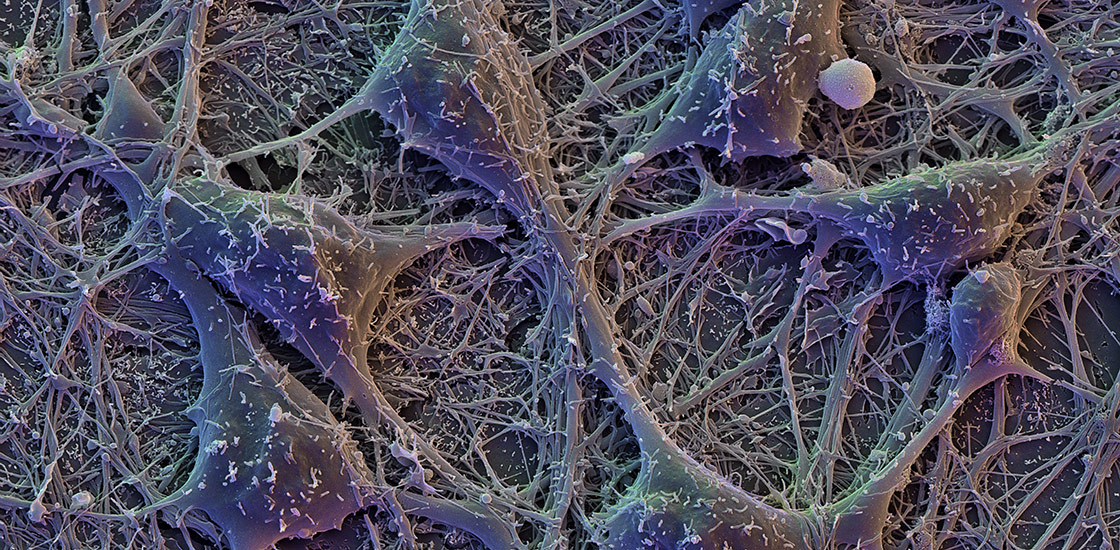
Steve Gschmeissner/Science Source
THIS ARTICLE IS MORE THAN FIVE YEARS OLD
This article is more than five years old. Autism research — and science in general — is constantly evolving, so older articles may contain information or theories that have been reevaluated since their original publication date.
A new tool lets researchers chart large DNA duplications and deletions called copy number variations (CNVs) in individual cells. The software, described 7 September in Nature Methods, may help to reveal whether CNVs in specific groups of neurons contribute to autism1.
Numerous CNVs have been linked to autism. But not all neurons in an individual’s brain carry the same CNVs. Until now, researchers studying this cell-to-cell variability have had to isolate groups of cells from postmortem brain slices, sequence each cell’s DNA individually and develop their own programs for comparing the sequences.
The new free program, called Ginkgo, offers researchers an easier and more reproducible way to compare sequences from single cells.
To use Ginkgo, researchers must first collect tissue samples and perform single-cell sequencing. They can then upload their sequence data to the program through its Web portal. Ginkgo automatically corrects errors introduced in the sequencing process. The software then scans each cell’s genome to determine which CNVs are present.
Ginkgo presents the data in an interactive tree-like chart that groups cells from the same tissue based on shared CNVs. These ‘trees’ can reveal whether mutations that arose early in development spawned a whole group of cells with the same CNVs. Researchers can click on any cell in the tree and explore a series of graphs showing that cell’s CNVs.
To validate the program, researchers plugged in raw data from five published studies of single-cell sequence variation in cancer cells, germ cells or neurons. Gingko identified the vast majority of the CNVs that the original studies found.
Ginkgo could help researchers more easily analyze single-cell sequencing data from the postmortem brains of people with autism. This effort may reveal whether some people with the disorder have CNVs only in specific cells.
By joining the discussion, you agree to our privacy policy.